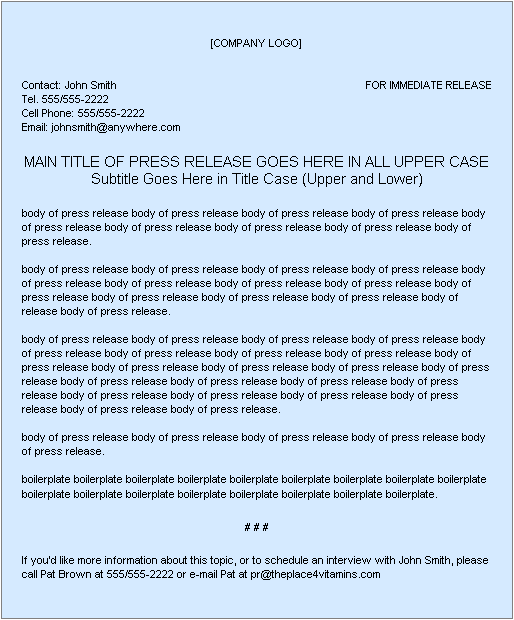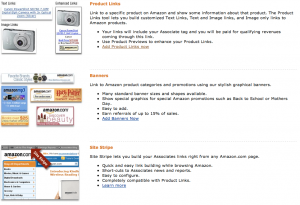It goes without saying, but you do need a web host in order to have a website. A web host is a company that provides a server that all of your website’s files are stored on and then served up to the visitors that come see your page. There are literally thousands of web hosting companies out there that range from huge corporations down to the guy running a server in his bedroom. So how do you choose just one?
Most web hosts get their customers through referrals, so if you happen to hear some good reviews about a particular company, you should look into it. However, opinions on quality, speed, price and customer service vary significantly. It’s important that you decide for yourself how these factors rank on your list. As an example, you may find that paying more per month to get better customer support is worth it, but someone else might feel speed is more valuable.
particular company, you should look into it. However, opinions on quality, speed, price and customer service vary significantly. It’s important that you decide for yourself how these factors rank on your list. As an example, you may find that paying more per month to get better customer support is worth it, but someone else might feel speed is more valuable.
Finding the perfect host
This process is really based on what your site’s needs are. If you’re running a simple blog and don’t expect a lot of traffic (at least in the beginning), you can get away with a hosting plan that’s as low as $4.99 per month. In fact, GoDaddy offers hosting plans tailored specifically for WordPress blogs. The advantage to using GoDaddy is that if you also register your domains here, all of your services will be under one roof.
On the other hand, if your site is going to be serving up lots of content to lots of traffic, you’re going to need something bigger. Here’s a breakdown of some ideal hosting types and their intended use:
| Hosting Type | Description | Selling Points | Price Range |
| Free Hosting | Since nothing is free in this world, what few remaining “free” hosts there are, simply add some type of advertisement to your site. This can be a pop-up window, a link on every page, a banner somewhere on your site, etc. Stay away from free hosts if you’re shooting for a professional image! Upside: no costs. Downside: not a professional image | None | $0 |
| Shared Hosting | Shared hosting is the most common way of hosting a website. It allows a hosting company to place multiple customers on a single server, therefore “sharing” system resources with other websites. Upside: the cost of the server is spread over lots of users, reducing your monthly bill. Downside: you don’t have control over advanced back-end features. | Cheap, basic, easy | $20-50+ |
| Virtual Private Server (VPS) | VPS hosting gives you full control of your server. Think of it as a hybrid between dedicated hosting and shared hosting. VPS allows a hosting company to create multiple “virtual” servers on one physical server so each client has complete access to their own private server, but the clients still share hardware resources. Some hosting companies will dedicated certain hardware to each virtual server such as system memory. Upside: shared costs for dedicated access. Downside: shared hardware resources | Root access, faster, advanced, flexible | $50-150+ |
| Dedicated Hosting | If you want to have a server all to yourself, opt for dedicated hosting. This will give you your own server to do with it what you will. A word of caution: this may be too advanced for some users! However, if you run a high traffic site that requires stability and speed, this is the option for you. Upside: no resources shared. Downside: requires routine maintenance on your part. | No shared resources, highly advanced, stable, flexible | $150-750+ |
| Managed Hosting | Having a dedicated server can take a lot out of you if you’re managing it yourself. Most hosting companies offer managed services so you don’t have to worry about day-to-day tasks such as hardware monitoring, backups, virus scanning, etc. Also, if you have any issues, you can get help much faster. Upside: maintenance done by company. Downside: costs more per month. | No shared resources, highly advanced, stable, flexible, managed | $250-750+ |
| Server Co-location | Now you’re one step away from running your own hosting company! Co-location allows you to build your own physical server and install it at a data center. This option provides 100% flexibility and customization while gaining all the features of a managed dedicated server. If you’re running a site that requires this setup, you probably wouldn’t be needing my help! Upside: complete control. Downside: complete responsibility. | 100% flexibility, super advanced, no shared resources | Custom Quote |
| Reseller Hosting | With reseller hosting plans, you’re essentially purchasing a hosting plan (usually higher end) and the company allows you to re-sell your services to your own clients under your brand. I’d estimate a guess that about 80% of the “cheap” webhosts you find are nothing more than resellers. In most cases, a re-sold hosting plan is part of a larger shared hosting plan. Upside: sell services using your own name. Downside: you have to manage and support your clients. | Cheap, various options, start your own hosting business | $30-200 |
The above list is just a sample and is not considered exhaustive.
My recommendation
Since I’ve only hosted with 3 different companies, I can only comment on them. But of those 3, my personal recommendation is MediaTemple.net. There are a few things I love about this company, but the biggest one is that you can start off small (as low as $20/month) and upgrade at any time without upsetting your service. They are also home to some of the biggest sites on the Internet. So far, they’re customer support has been impeccable and the service is great.
Ultimately, choose the host that you feel will serve your website the way you want and don’t be lured in by insane claims such as “unlimited bandwidth” or “unlimited server space”. Stick with a tried and true company.
| << Back to Domain Registration | Forward to DNS >> |
 give an editor something to write about. Newspapers couldn’t exist without news and they’re reporters don’t always get the stories because they happened to be caught in the middle of it. So, let’s bring the story to them!
give an editor something to write about. Newspapers couldn’t exist without news and they’re reporters don’t always get the stories because they happened to be caught in the middle of it. So, let’s bring the story to them!
